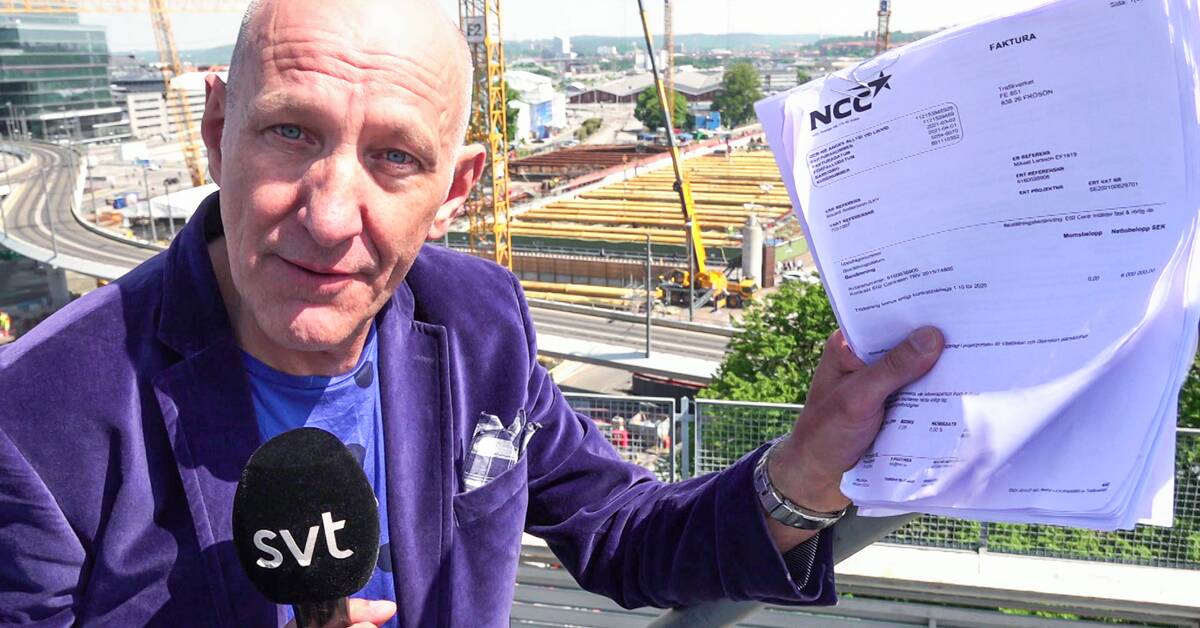The new station at Gothenburg Central Station is one of the West Link's three underground stations and is being built by NCC. When SVT examines the contract between NCC and the Swedish Transport Administration, an appendix shows that the agreement contains a bonus program.
Bonus payments have been made annually between 2018 and 2021 – to a total amount of SEK 21.1 million. The largest payment was made in 2021 – with 7.2 million.
Bonus for the right time and content
The documentation, which SVT has taken part of, describes that it is about bonuses for "the right time", "right document management", as well as bonuses for "the right content" and "involvement of technical support". The Swedish Transport Administration has been forced to pay out the bonus money, as the criteria were considered met. And in total, the bonus to NCC can amount to more than SEK 50 million.
This is despite the fact that NCC had already spent all the money in the tender for the new station at Gothenburg Central Station in February – SEK 4.7 billion.
"I don't like the word forced. It is simply a professional handling to relate to the agreed contracts we have with our suppliers and it is also to ensure that we are a reliable customer, says Patrick Guné, Head of Major Projects at the Swedish Transport Administration.
According to Patrick Guné, bonuses are found in several similar contracts, especially in the large and complicated ones. So-called penalties are also included, i.e. a kind of penalty fee.
"There are bonuses and there are penalties. It is simply a matter of ensuring that suppliers have both stick and carrot to get started and deliver in line with the contract.
The Swedish Transport Administration has demanded a fine of one million kronor from NCC
For the contract at the centre, the maximum penalty is SEK 300 million," says Patrick Guné. But until May this year, the Swedish Transport Administration has only demanded NCC a fine of one million SEK.
Work on the new station is 41 percent complete, according to the latest information on the Swedish Transport Administration's website. It is planned to be taken into use by the end of 2026.

